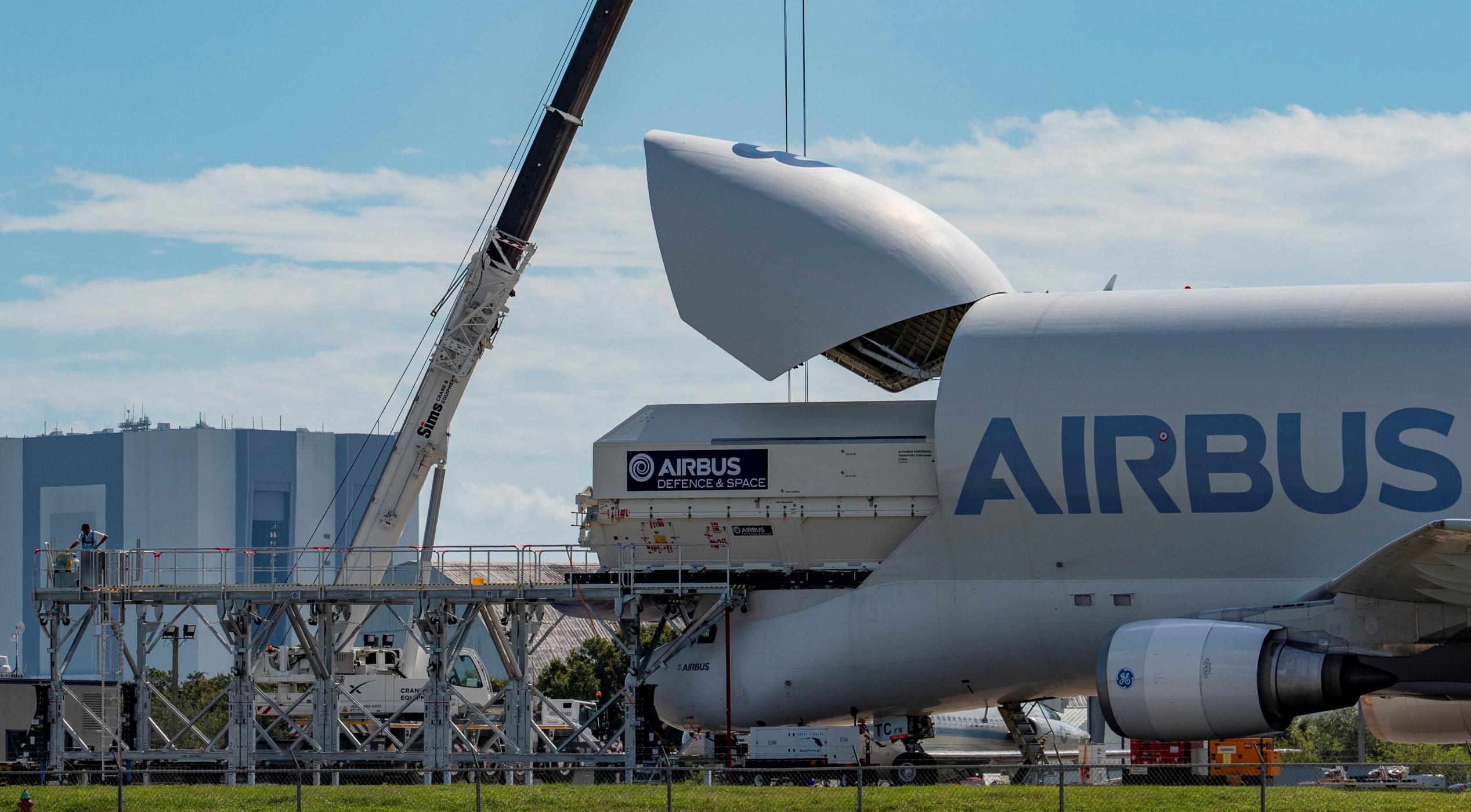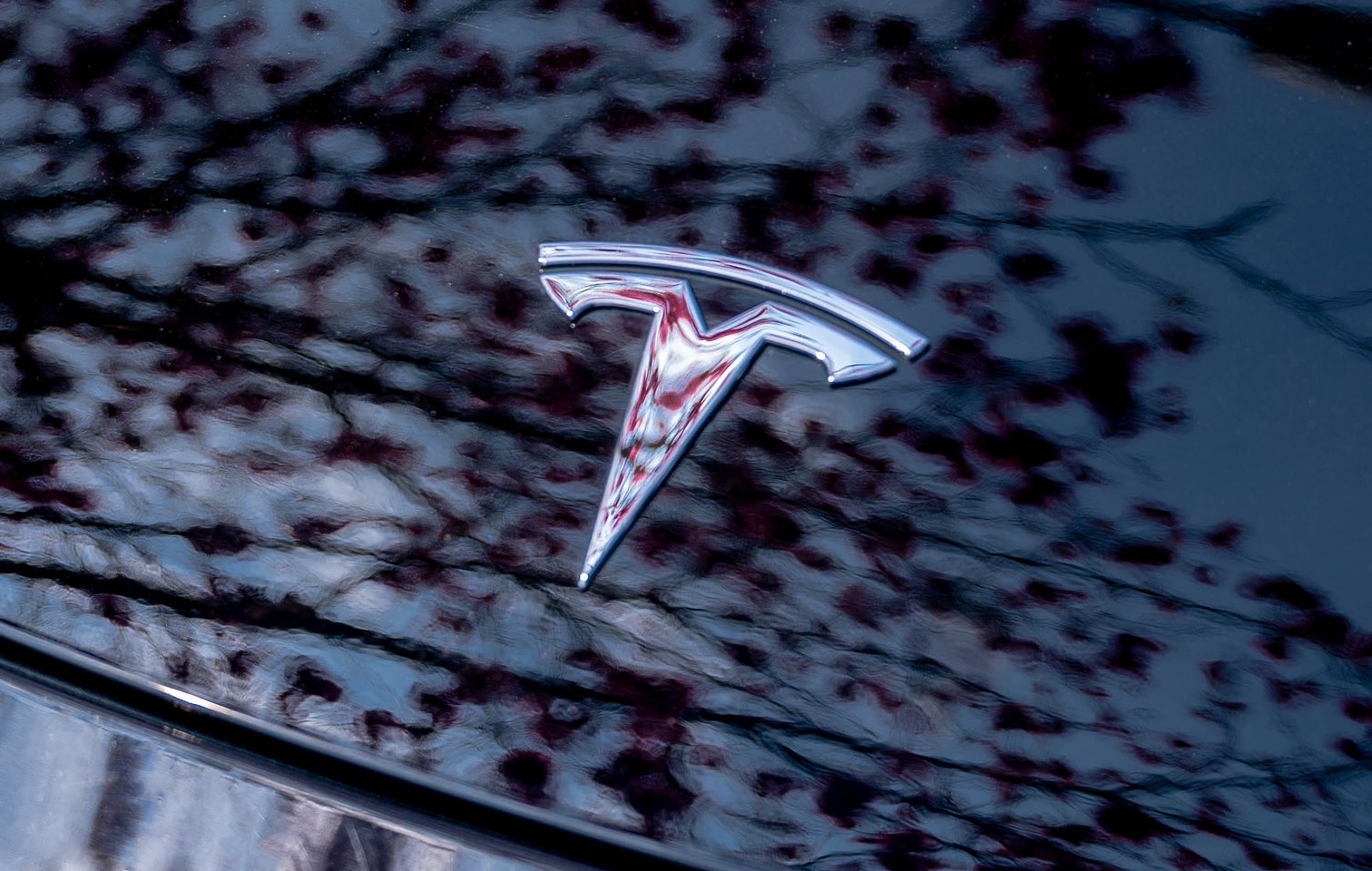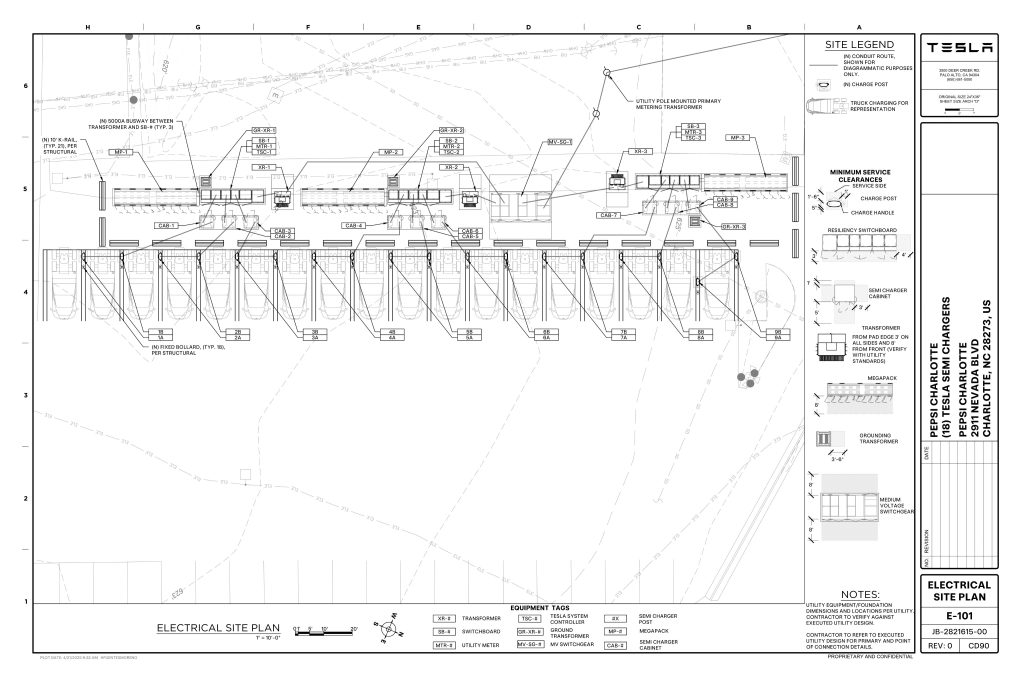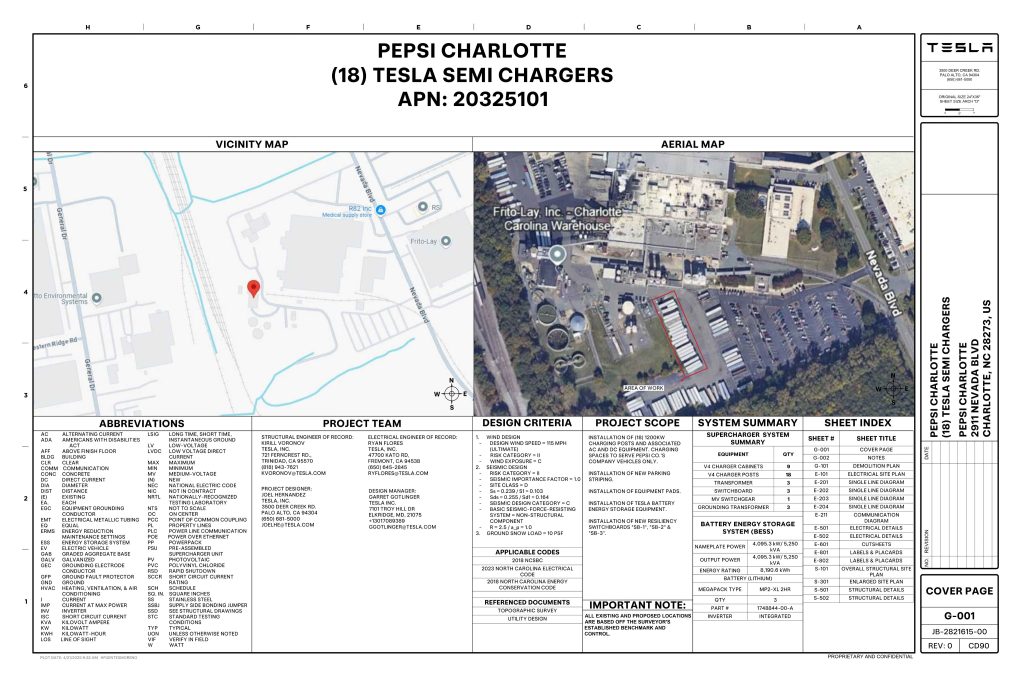

News
European spacecraft converge on the US for rides on SpaceX rockets
Thanks in large part to delays suffered by Arianespace’s next-generation Ariane 6 rocket, a small fleet of European satellites are simultaneously converging on the United States to hitch rides into orbit with SpaceX.
SpaceX launching European payloads is nothing new. The company has occasionally launched spacecraft built in Europe for European space agencies or companies, but the combination is exceedingly rare. For several reasons, however, what was once alien is beginning to become commonplace, and that fact is about to be made even clearer over the remainder of 2022.
SpaceX kicked off a string of six or seven launches of spacecraft built by or for Europe on October 15th. Over the weekend, the company’s workhorse Falcon 9 rocket – 70 meters (230 ft) tall, 3.7 meters (12 ft) wide, and capable of producing up to 770 tons (1.7M lbf) of thrust at liftoff – successfully launched the Hotbird 13F communications satellite into a geostationary transfer orbit (GTO) for the French satcom company Eutelsat.
Hotbird 13F is the first of three Eutelsat satellites the company secretly agreed to launch on SpaceX rockets. Hours after its twin’s launch, Hotbird 13G arrived in Florida in a custom Airbus Beluga XL transport jet (its first visit to the US since 2009) and will soon begin preparing for its own ride on a SpaceX rocket as early as November 2022. Eutelsat 10B, also on track to launch on a Falcon 9 rocket sometime in November, likely left France for Florida on an oceangoing Arianespace ship on October 12th.
Normally, selecting the launch provider for communication satellites that cost eight or nine figures is accompanied by a press release and plenty of celebration. That the European Space Agency, Eutelsat, Airbus, and Thales Alenia said next to nothing until the last moment says a lot about how all parties involved really feel about transferring three of their satellites onto SpaceX rockets. Originally, all three were intended to launch on Arianespace’s rockets: Eutelsat 10B on one of the last Ariane 5s and Hotbird 13F and 13G on one of the first Ariane 6s.
It’s not entirely clear why Ariane 5 wasn’t able to launch Eutelsat 10B, but it’s unsurprising that partners ESA, Thales Alenia, Airbus, and Eutelsat decided to move Hotbird 13F and 13G to Falcon 9. The Ariane 6 rocket meant to launch both satellites simultaneously is years behind schedule, and its launch debut recently slipped even further from late 2022 to sometime in 2023. Originally scheduled to debut in mid-2020, it’s now possible – if not likely – that Ariane 6 won’t be ready to launch until the second half of next year (or even later).
Thanks to those delays, the new rocket will enter the scene with a very busy 2023 and 2024 manifest packed with high-value institutional and commercial payloads from all across Europe. In other words, a pair of semi-commercial communications satellites like Hotbird 13F/13G could have easily been forced to wait for a year or more to launch on Ariane 6. Adding insult to injury, Hotbird 13F and 13G are the first two satellites built under the joint European Space Agency and Airbus Eurostar Neo program, and will now be flying on an American rocket built by a company that is almost singlehandedly responsible for ending a golden era of competitive European launch services.
With confidence in Ariane 6’s debut timing lower than ever, a NASA official recently revealed that ESA is even studying the possibility of launching Euclid – a next-generation two-ton space telescope – on SpaceX’s Falcon 9. Euclid was originally scheduled to launch on one of Arianespace’s Russian-built Soyuz 2.1 rockets (or Ariane 6) in mid-2022. That contract was signed in 2020, six years after Russian President Vladimir Putin reminded the world of his instability, recklessness, and brutality by illegally and unofficially invading Ukraine. In February 2022, after months of obvious buildup, Russia doubled down on its Ukraine offensive with an openly genocidal full-scale invasion. In the aftermath, it kidnapped a batch of European OneWeb satellites, requisitioned a Soyuz rocket the company had already paid for, kneecapped a joint European-Russian Mars mission, and (while mostly mutual) revoked its support of European Soyuz launches.
That has effectively removed Russia as a serious option for European launches or collarboration, leaving several European missions and companies in limbo. Britain’s OneWeb, for example, had an exclusive contract with Russia to launch its entire low Earth orbit (LEO) internet satellite constellation on up to 21 Soyuz rockets. After losing $230 million in the process, the company was forced to abruptly shift gears, and is now on track to launch its first batch of satellites since early 2022 on an Indian SLV-3 rocket. One of at least two SpaceX Falcon 9 missions could follow as early as December 2022. Unless Ariane 6 aces its launch debut in the near future, many more European payloads could find themselves in similar positions in 2023 and 2024.
Meanwhile, several other European-made payloads are preparing for Falcon 9 launches. While these payloads have been assigned to SpaceX rockets from the start, they still demonstrate just how big of a bite the US startup has taken out of the European launch industry. Most recently, the joint NASA-ESA-CSA Surface Water and Ocean Topography (SWOT) spacecraft was flown from France to California on October 17th. Falcon 9 will launch SWOT from the California coast as early as December 2022.
Soon, Japanese startup ispace’s first HAKUTO-R Moon lander – largely assembled, tested, and propellant by France’s ArianeGroup – will be transported from Germany to Florida for a November 2022 SpaceX launch. Germany’s second and third SARah radar satellites could head to the US shortly for a Falcon 9 launch tentatively scheduled as early as the final days of 2022 or early 2023. Finally, SpaceX could complete its first OneWeb launch around the same time.
News
Tesla cleared in Canada EV rebate investigation
Tesla has been cleared in an investigation into the company’s staggering number of EV rebate claims in Canada in January.

Canadian officials have cleared Tesla following an investigation into a large number of claims submitted to the country’s electric vehicle (EV) rebates earlier this year.
Transport Canada has ruled that there was no evidence of fraud after Tesla submitted 8,653 EV rebate claims for the country’s Incentives for Zero-Emission Vehicles (iZEV) program, as detailed in a report on Friday from The Globe and Mail. Despite the huge number of claims, Canadian authorities have found that the figure represented vehicles that had been delivered prior to the submission deadline for the program.
According to Transport Minister Chrystia Freeland, the claims “were determined to legitimately represent cars sold before January 12,” which was the final day for OEMs to submit these claims before the government suspended the program.
Upon initial reporting of the Tesla claims submitted in January, it was estimated that they were valued at around $43 million. In March, Freeland and Transport Canada opened the investigation into Tesla, noting that they would be freezing the rebate payments until the claims were found to be valid.
READ MORE ON ELECTRIC VEHICLES: EVs getting cleaner more quickly than expected in Europe: study
Huw Williams, Canadian Automobile Dealers Association Public Affairs Director, accepted the results of the investigation, while also questioning how Tesla knew to submit the claims that weekend, just before the program ran out.
“I think there’s a larger question as to how Tesla knew to run those through on that weekend,” Williams said. “It doesn’t appear to me that we have an investigation into any communication between Transport Canada and Tesla, between officials who may have shared information inappropriately.”
Tesla sales have been down in Canada for the first half of this year, amidst turmoil between the country and the Trump administration’s tariffs. Although Elon Musk has since stepped back from his role with the administration, a number of companies and officials in Canada were calling for a boycott of Tesla’s vehicles earlier this year, due in part to his association with Trump.
News
Tesla Semis to get 18 new Megachargers at this PepsiCo plant
PepsiCo is set to add more Tesla Semi Megachargers, this time at a facility in North Carolina.

Tesla partner PepsiCo is set to build new Semi charging stations at one of its manufacturing sites, as revealed in new permitting plans shared this week.
On Friday, Tesla charging station scout MarcoRP shared plans on X for 18 Semi Megacharging stalls at PepsiCo’s facility in Charlotte, North Carolina, coming as the latest update plans for the company’s increasingly electrified fleet. The stalls are set to be built side by side, along with three Tesla Megapack grid-scale battery systems.
The plans also note the faster charging speeds for the chargers, which can charge the Class 8 Semi at speeds of up to 1MW. Tesla says that the speed can charge the Semi back to roughly 70 percent in around 30 minutes.
You can see the site plans for the PepsiCo North Carolina Megacharger below.

Credit: PepsiCo (via MarcoRPi1 on X)

Credit: PepsiCo (via MarcoRPi1 on X)
READ MORE ON THE TESLA SEMI: Tesla to build Semi Megacharger station in Southern California
PepsiCo’s Tesla Semi fleet, other Megachargers, and initial tests and deliveries
PepsiCo was the first external customer to take delivery of Tesla’s Semis back in 2023, starting with just an initial order of 15. Since then, the company has continued to expand the fleet, recently taking delivery of an additional 50 units in California. The PepsiCo fleet was up to around 86 units as of last year, according to statements from Semi Senior Manager Dan Priestley.
Additionally, the company has similar Megachargers at its facilities in Modesto, Sacramento, and Fresno, California, and Tesla also submitted plans for approval to build 12 new Megacharging stalls in Los Angeles County.
Over the past couple of years, Tesla has also been delivering the electric Class 8 units to a number of other companies for pilot programs, and Priestley shared some results from PepsiCo’s initial Semi tests last year. Notably, the executive spoke with a handful of PepsiCo workers who said they really liked the Semi and wouldn’t plan on going back to diesel trucks.
The company is also nearing completion of a higher-volume Semi plant at its Gigafactory in Nevada, which is expected to eventually have an annual production capacity of 50,000 Semi units.
Tesla executive teases plan to further electrify supply chain
News
Tesla sales soar in Norway with new Model Y leading the charge
Tesla recorded a 54% year-over-year jump in new vehicle registrations in June.

Tesla is seeing strong momentum in Norway, with sales of the new Model Y helping the company maintain dominance in one of the world’s most electric vehicle-friendly markets.
Model Y upgrades and consumer preferences
According to the Norwegian Road Federation (OFV), Tesla recorded a 54% year-over-year jump in new vehicle registrations in June. The Model Y led the charge, posting a 115% increase compared to the same period last year. Tesla Norway’s growth was even more notable in May, with sales surging a whopping 213%, as noted in a CNBC report.
Christina Bu, secretary general of the Norwegian EV Association (NEVA), stated that Tesla’s strong market performance was partly due to the updated Model Y, which is really just a good car, period.
“I think it just has to do with the fact that they deliver a car which has quite a lot of value for money and is what Norwegians need. What Norwegians need, a large luggage space, all wheel drive, and a tow hitch, high ground clearance as well. In addition, quite good digital solutions which people have gotten used to, and also a charging network,” she said.
Tesla in Europe
Tesla’s success in Norway is supported by long-standing government incentives for EV adoption, including exemptions from VAT, road toll discounts, and access to bus lanes. Public and home charging infrastructure is also widely available, making the EV ownership experience in the country very convenient.
Tesla’s performance in Europe is still a mixed bag, with markets like Germany and France still seeing declines in recent months. In areas such as Norway, Spain, and Portugal, however, Tesla’s new car registrations are rising. Spain’s sales rose 61% and Portugal’s sales rose 7% last month. This suggests that regional demand may be stabilizing or rebounding in pockets of Europe.
-

 Elon Musk2 weeks ago
Elon Musk2 weeks agoTesla investors will be shocked by Jim Cramer’s latest assessment
-

 Elon Musk2 days ago
Elon Musk2 days agoxAI launches Grok 4 with new $300/month SuperGrok Heavy subscription
-

 Elon Musk4 days ago
Elon Musk4 days agoElon Musk confirms Grok 4 launch on July 9 with livestream event
-

 News1 week ago
News1 week agoTesla Model 3 ranks as the safest new car in Europe for 2025, per Euro NCAP tests
-

 Elon Musk2 weeks ago
Elon Musk2 weeks agoA Tesla just delivered itself to a customer autonomously, Elon Musk confirms
-

 Elon Musk1 week ago
Elon Musk1 week agoxAI’s Memphis data center receives air permit despite community criticism
-

 News2 weeks ago
News2 weeks agoXiaomi CEO congratulates Tesla on first FSD delivery: “We have to continue learning!”
-

 News2 weeks ago
News2 weeks agoTesla sees explosive sales growth in UK, Spain, and Netherlands in June

















